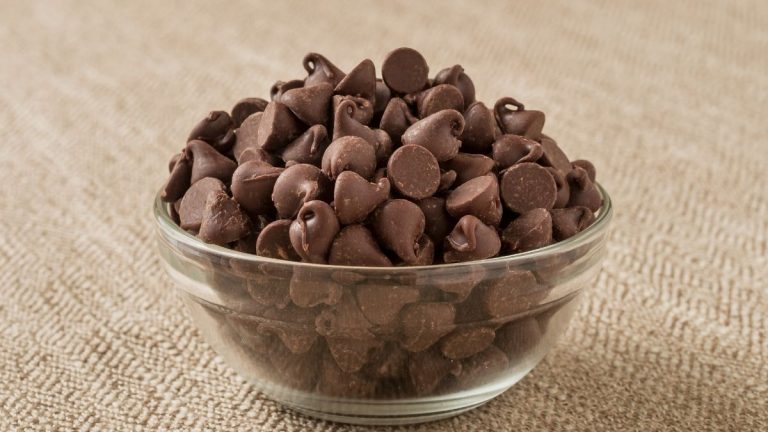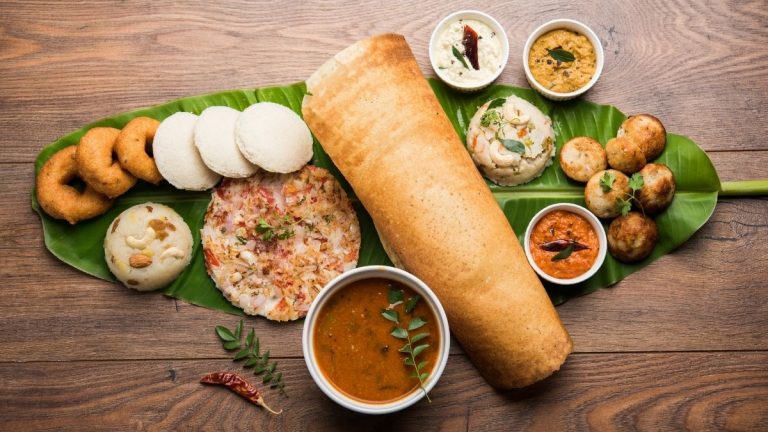How To Cook While Camping

When it comes to camping, one of the most exciting aspects is cooking outdoors. However, cooking while camping can be a challenge, especially if you’re used to cooking in a fully equipped kitchen. But with a little preparation and creativity, you can enjoy delicious meals while exploring the great outdoors.
First and foremost, it’s important to plan your meals ahead of time. Make a list of all the ingredients you’ll need and pack them accordingly. Preparing meals in advance can also save you time and effort while you’re out in the wilderness. Additionally, consider investing in a portable stove or grill to make cooking easier and more efficient. With the right equipment and preparation, you can enjoy hot and satisfying meals no matter where your camping adventures take you.
Choosing Your Camping Stove
When it comes to cooking while camping, having a reliable stove is essential. There are several types of camping stoves available, each with its own advantages and disadvantages. In this section, I will discuss the different types of camping stoves and what to consider when choosing the best one for your needs.
Types of Camping Stoves
Propane Stoves
Propane stoves are the most popular type of camping stove. They are easy to use, reliable, and provide a consistent flame. Propane stoves are available in a range of sizes, from small backpacking stoves to larger models suitable for group camping. They are also relatively inexpensive and widely available.
Liquid Fuel Stoves
Liquid fuel stoves are another popular option for camping. They use white gas, kerosene, or diesel fuel to create a flame. Liquid fuel stoves are more versatile than propane stoves, as they can be used in extreme temperatures and at high altitudes. They are also more expensive and require more maintenance than propane stoves.
Wood-Burning Stoves
Wood-burning stoves are a great option for campers who want to cook using natural fuel sources. They are environmentally friendly and do not require any fuel to be carried. Wood-burning stoves can be bulky and heavy, however, and they require a constant supply of dry wood.
Considerations When Choosing a Camping Stove
When choosing a camping stove, there are several factors to consider. These include:
- Size and Weight: Consider how many people you will be cooking for and how much weight you are willing to carry.
- Fuel Type: Choose a fuel type that is readily available and suits your needs.
- Ease of Use: Look for a stove that is easy to set up and use, especially if you are new to camping.
- Durability: Choose a stove that is built to last and can withstand the rigors of camping.
- Price: Consider your budget when choosing a stove, but remember that a more expensive stove may be more durable and reliable in the long run.
In conclusion, choosing the right camping stove is essential for a successful camping trip. Consider your needs and preferences when selecting a stove, and don’t be afraid to invest in a high-quality model that will last for years to come.
You can also try campfire cooking and see if this is what you prefer as I wrote in this article.
Understanding Basic Cooking Techniques
Grilling
Grilling is a popular cooking technique when camping. It involves cooking food over an open flame or hot coals. To grill food, you will need a grill grate or a flat surface that can withstand high temperatures.
When grilling, it’s important to preheat the grill to ensure that the food cooks evenly. You can also oil the grill grate to prevent food from sticking. It’s also important to keep an eye on the food while grilling to prevent burning.
Boiling
Boiling is another basic cooking technique that is useful when camping. To boil food, you will need a pot and a heat source such as a camp stove or a fire. Boiling is a great way to cook pasta, rice, and vegetables.
When boiling food, it’s important to use the right amount of water. Too much water can cause the food to become mushy, while too little water can cause it to burn. You can also add salt or other seasonings to the water to enhance the flavor of the food.
Frying
Frying is a cooking technique that involves cooking food in hot oil. To fry food while camping, you will need a pan and a heat source such as a camp stove or a fire. Frying is a great way to cook eggs, bacon, and other breakfast foods.
When frying food, it’s important to use the right amount of oil. Too little oil can cause the food to stick to the pan, while too much oil can cause it to become greasy. You can also use a paper towel to remove excess oil from the food after frying.
Overall, understanding these basic cooking techniques can make cooking while camping much easier and more enjoyable. With a little practice, you can become a pro at grilling, boiling, and frying your favorite camping meals.
Packing Essentials
When it comes to cooking while camping, packing the right equipment is essential. Here are the cookware and utensils I always bring with me on camping trips.
Cookware
For cookware, I recommend bringing the following items:
- Camping stove: A portable stove is a must-have for cooking while camping. Look for one that is compact, easy to set up, and runs on propane or butane.
- Pot and pan: Bring a medium-sized pot and a frying pan with a non-stick coating. These will be your go-to cookware items for boiling water, cooking pasta, and frying up eggs and bacon.
- Dutch oven: If you plan on making stews, chili, or other one-pot meals, a dutch oven is a great addition to your camping cookware collection. Look for one with a tight-fitting lid and sturdy handles.
- Griddle: If you plan on making pancakes or grilled sandwiches, a griddle is a great addition to your camping cookware collection.
Utensils
For utensils, I recommend bringing the following items:
- Spatula: A sturdy spatula is essential for flipping burgers, pancakes, and other foods on the griddle or frying pan.
- Tongs: Tongs are great for picking up and flipping meats and vegetables on the grill or campfire.
- Knife: A sharp knife is essential for cutting meats, vegetables, and other food items.
- Cutting board: Bring a small cutting board for preparing food items.
- Can opener: Don’t forget a can opener for opening canned foods like beans, soup, and vegetables.
- Plates, bowls, and utensils: Bring a set of reusable plates, bowls, and utensils for eating your meals. Look for lightweight and durable options.
By bringing these cookware and utensil essentials, you’ll be well-equipped to cook up delicious meals while camping.
Preparation Before Camping
Related Read: https://regionalfoodsolutions.com/tips-for-camping-out-my-5-tips/
Meal Planning
Before embarking on a camping trip, it’s important to plan out meals for each day. This will ensure that you have all the necessary ingredients and supplies, and it will also help you avoid food waste. When planning meals, consider the following:
- How many people will be camping with you?
- What are their dietary restrictions or preferences?
- How many meals will you be cooking each day?
- What cooking equipment will you have available?
Based on these factors, create a meal plan for each day of your camping trip. Include breakfast, lunch, dinner, and snacks. Don’t forget to factor in the time it will take to prepare each meal.
Food Pre-Packaging
Once you have your meal plan, pre-packaging your food can save time and space. Pre-packaging also reduces the risk of contamination and spoilage. Here are some tips for pre-packaging food:
- Use resealable bags or containers to store food.
- Label each bag or container with the name of the dish and the date it was prepared.
- Pre-cut vegetables and meat to save time and space.
- Use a vacuum sealer to remove air and extend the shelf life of food.
- Store food in a cooler with ice or freezer packs to keep it fresh.
By pre-packaging your food, you can easily grab what you need for each meal without having to search through your supplies. It also makes cleaning up easier, as there will be less food waste to dispose of.
Mark Turner
Mark Turner is a food lover who likes to travel the world and find food that he never tasted before. With all the tasting he did all over he can write some amazing content related to food and cooking. You can read more about Mark Turner here.





